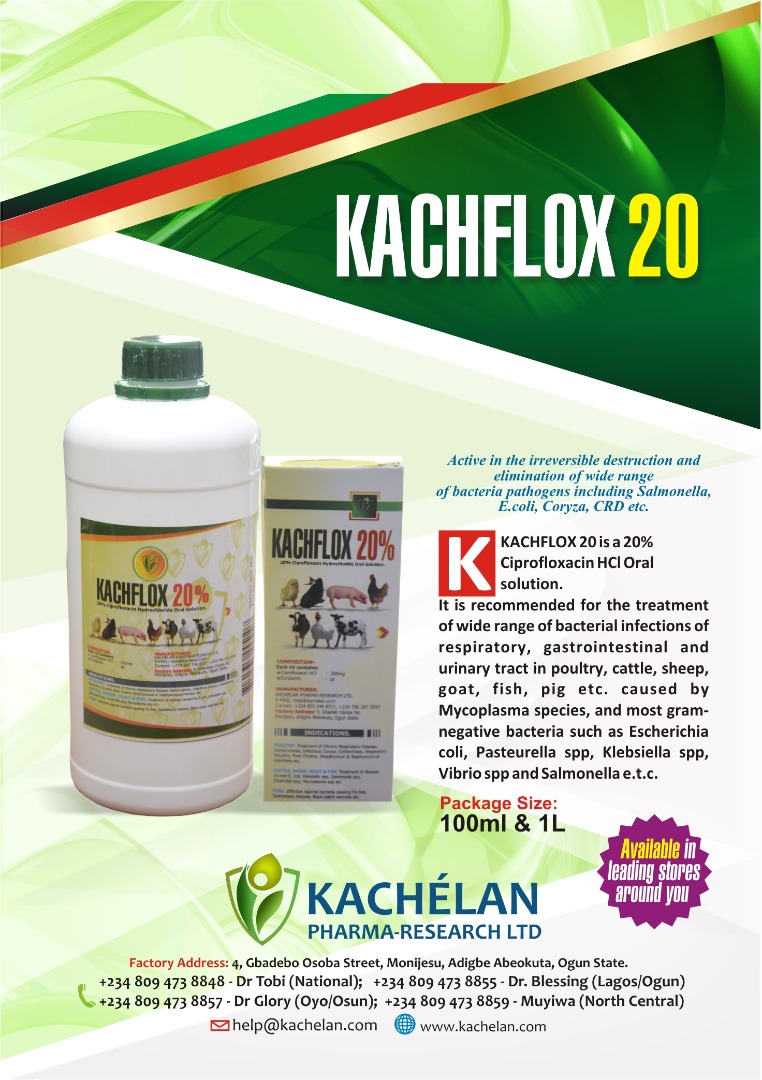KEY POINTS IN POULTRY MANAGEMENT IN RAINY SEASON
The rainy season is usually synonymous with an increase in relative humidity and a reduction in temperature; rainfall affects both the quality and quantity of feeding, while wind speed has an impact on the outbreak of diseases.
 Learn More
Learn MoreWith the arrival of rain, farmer needs to give a little bit more care and attention towards his crops along with the livestock. As we know, poultry farming is continuously growing as the most profitable agribusiness across the globe including India. However, monsoon comes as a challenging season for poultry farmers which could be very tormenting. As rainy and cold season brings changes in temperature and weather conditions, it leaves a deep impact to the poultry farm. You need to know that weather conditions play a vital role in poultry farming as well. Hence, as a poultry farmer, it is very important to learn how to operate poultry farm during rainy seasons.

Poultry birds and poultry production are generally affected by seasonal climatic or weather changes. For instance, in the wet or cold season, chickens eat more feed, drink less water and huddle together to generate heat and keep them warm. On the other hand, chickens and other livestock birds consume less feed and drink more water in the hot season or weather in order to cool their body. These changes affect the production of birds, most especially laying birds, as the egg production is reduced in extremely cold or hot weather. This reduction in egg production occurs because when there are extreme cold or hot conditions, these birds are stressed, and their ability to withstand diseases or immune system is seriously affected.
READ ALSO: BROODING CONDITIONS FOR HEALTHY LAYER CHICKS
It is always better to repair the house before the arrival of the rainy season and to clear the drainage ditch around the chicken house. When it rains, close the doors and windows or let the curtains open to prevent rain from entering the house and prevent the chickens from getting cold or other problems
One should reserve enough dry padding. The thick padding should be turned over and keep the padding dry. The wet agglomerated padding should be cleaned out of the house and reduce the ammonia concentration in the house.
Prevent the feed ingredients from getting wet, and the amount of feed should not be too much. The compound feed in the house should be placed on the platform above the ground to prevent the feed from regaining moisture and mildew in your battery cage for sale.
Under the influence of the rainy season of battery cage for layers, the humidity in the chicken house is increased, the litter is moist, the feed is mildewed, some production units cannot obtain clean drinking water, etc., which may lead to coccidiosis, E. coli outbreak, and elevated ammonia concentration. The risk of mycotoxin poisoning and respiratory disease infection increases.
Birds usually increase their level of feed intake to generate heat and stay warm during rainy season/winter. However, for a farmer, increasing the level of feed provision raises the cost of production besides wastage of nutrients that are not needed for heat generation. To reduce costs and avoid wastage, energy rich sources like oil/fat should be added to the diet or level of other nutrients may be reduced keeping the energy at same level.
READ ALSO: IMPORTANCE OF FEEDING TIME OBSERVATION
In free-range system, provide supplementary feeding to the birds to meet their nutrient deficit. Consider providing your birds with warm water periodically during this rainy season to encourage consumption and help them keep warm without using up energy reserved in the process.
With the rain, birds may encounter standing water (mostly in free-range) and end-up drinking from the ground leading to parasitic infestation from intestinal worms.
De-wormers administered after every three months help in management of worms but you should remember the product withdrawal period as specified by the manufacturer.
READ ALSO: HOW TO GET EGG SHELL COLOUR RIGHT
Poultry house should be designed in such a way that it provides all the comfort required by birds during cold season while considering ventilation as well. In regions where it rains heavily, the floor should be raised with a generous roof overhang, particularly over the entrance.
The raised floor can be a solid platform of earth to prevent floods. Orientation of a building with respect to wind and sun consequently influence temperature and light on different external surfaces. With better management, your flock will remain healthy and productive throughout the cold season.
Wet litter condition may arise due to overcrowding, diarrhoea and excessive salt in the diet besides seepage from the roof. Wet litter condition should be prevented as it may lead to burnt hock condition, E.coli infection, coccidiosis etc. Hence proper housing space or stocking density along with proper ventilation should be ensured. Excessive caking of the litter should be prevented as it may lead to abrasions in the extremities and hock joint. Wet litter can be prevented by frequent stirring of the litter. Hydrated time at 7 to11 kg or super phosphate 7 kg per 100 sq.ft. floor space may be added into litter by stirring. Very little ammonia will be released when litter is kept below a pH of 7.0, but is rapid at a pH of 8.0 or above. Phosphoric acid (1.9l/10.5ft²) and super phosphate (1.09kg/10.5ft²) are effective in controlling ammonia fumes of the litter.
Culled from Poultry Punch














